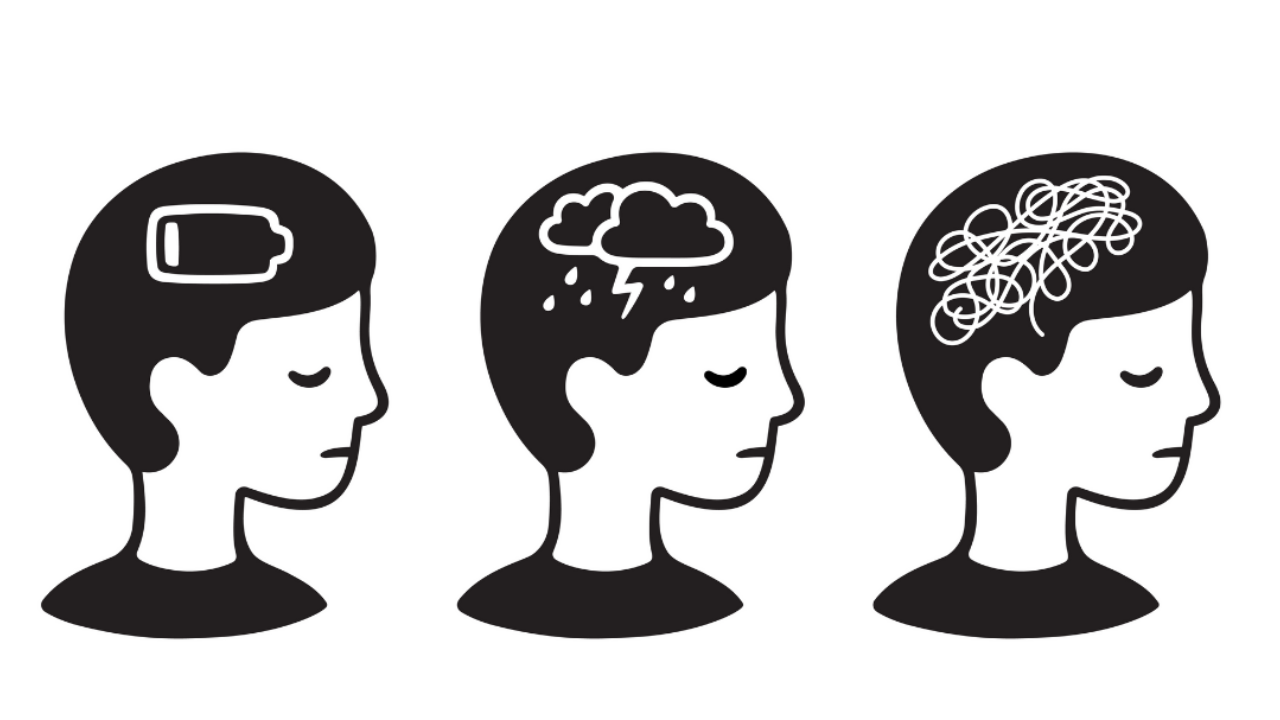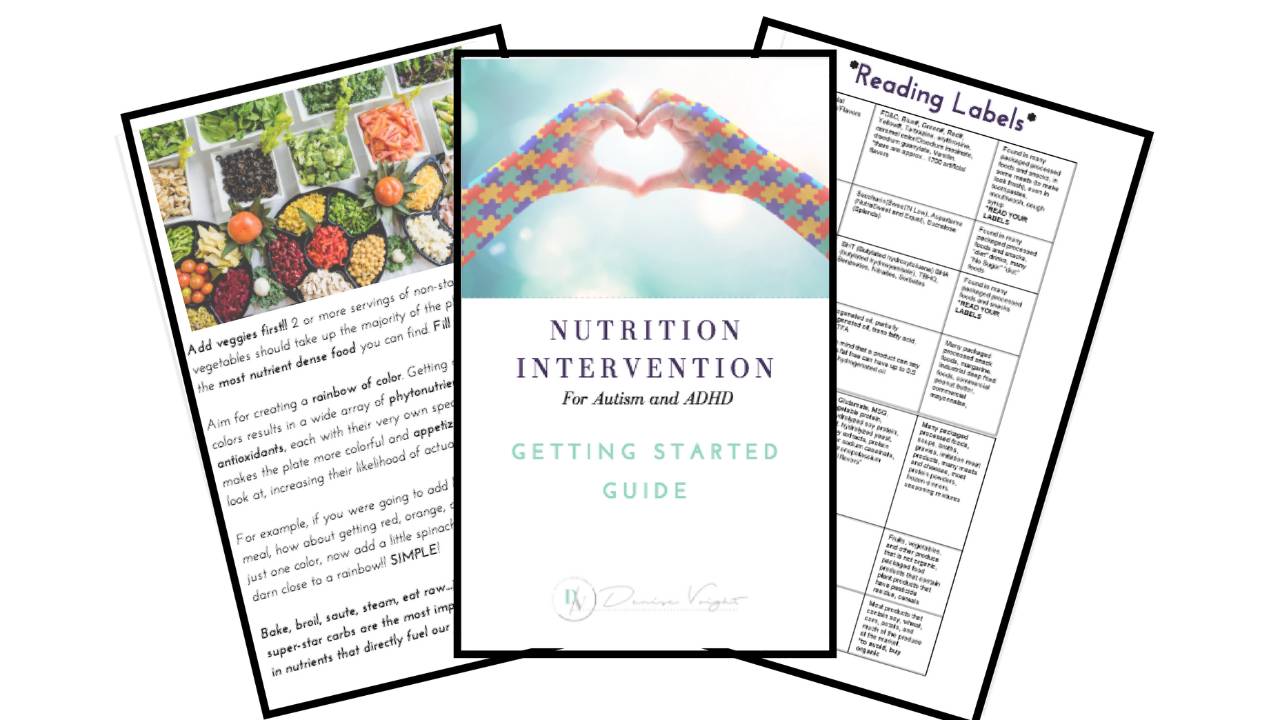Functional Medicine Nutriton Blog
Articles designed to empower parents and caregivers with the knowledge they need to address neurocognitive challenges, picky eating, food sensitivities, and more.
Through functional medicine principles, we focus on root causes—like nutrient deficiencies and gut-brain imbalances—to foster better focus, behavior, sleep, and overall well-being
Leaky gut syndrome, often referred to as increased intestinal permeability, occurs when the lining of the intestines becomes compromised. This allows partially digested food particles, harmful bacteri...
Selective eating in children with autism spectrum disorder (ASD) often stems from sensory aversions to textures, smells, or appearances, limiting nutritional variety. Lets explore some of these challe...
Children with autism spectrum disorder (ASD) often face challenges with repetitive behaviors and resistance to change, impacting daily routines and transitions. This article addresses these issues and...
Children with autism spectrum disorder (ASD) often face sensory processing issues, like noise sensitivity or texture aversions, that can shape their daily experiences. In this article we explore these...
Keep updated on Functional Medicine Nutrition Special Offers, Services, and Information Shared by Denise Voight
Never miss an update!
You're safe with me. I'll never spam you or sell your contact info.



